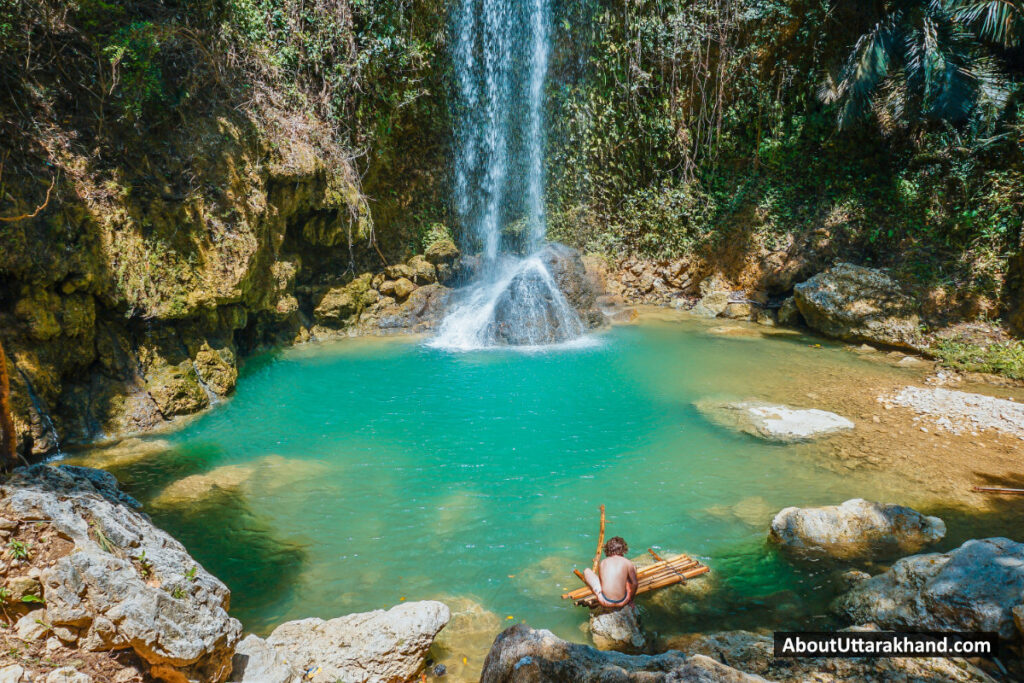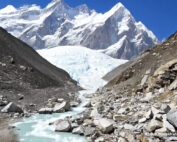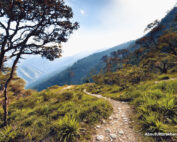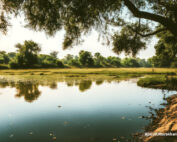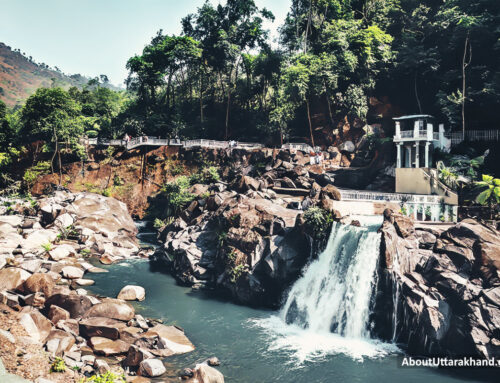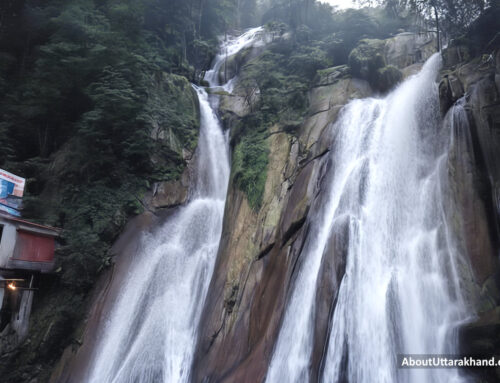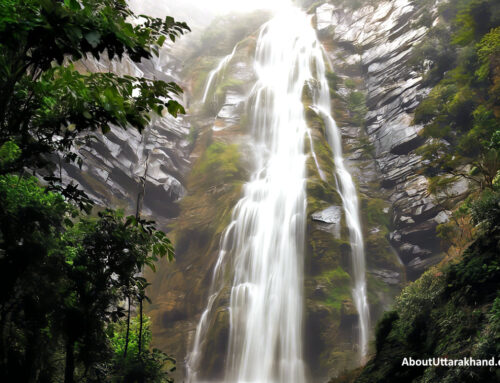Henry Waterfall
Hideaway in the beautiful Dhaun Village in the Champawat District is Henry Waterfall, a secret gem that no one has yet found. This gushing natural beauty highlights the pristine beauty of the Himalayas. It is bordered by lush vegetation and stunning scenery. A beautiful sight and a way to learn about the cultural past of the Champawat District, the Henry Waterfall in Dhaun Village is a draw for people who want to relax. Explore the Henry Waterfall and enjoy a memorable experience as you watch the water flow elegantly, creating a symphony of nature.
Table of Contents
Henry WaterfallDetails About Henry Waterfall
History Of Henry Waterfall
Best Time To Reach Henry Waterfall
How To Reach Henry Waterfall
Places To Visit Near Henry Waterfall
To Conclude

Henry Waterfall in Uttarakhand, India | Photo: AboutUttarakhand.com
Details About Henry Waterfall
Visitors love the beautiful Henry Waterfall, which is in Dhaun Village in the Champawat District. The perfect setting includes the waterfalls, which are in the middle of lovely woods and hills. The water flows down a beautiful, enticing waterfall with several levels.
Easy access is one thing that makes Henry Waterfall unique compared to other waterfalls. Going to the waterfalls might require some hiking, but the beautiful scenery you will see along the way will make it well worth it. Hikers will pass through a lush forest on their way to the waterfall, where they can get to know plants and animals in their native habitat. A lot of different plants and animals live in the environment, which is always changing. This adding to the area's appeal.
This place is well-known for tourists, especially ecotourists and photographers. Because the water is falling and making a soothing sound, the surroundings feels calm and peaceful. Within walking distance of the waterfalls, there are quiet spots perfect for meditation and connecting with nature.
History Of Henry Waterfall
Finding the Henry Waterfall in Dhaun Village is an important part of the culture and historical heritage of the Champawat District. There is local history and tradition that has been passed down from generation to generation that explains where the name “Henry" comes from. People in the area think that the waterfalls were named after a British official or explorer from the UK who was in charge of finding the nearby area at that time. People think it's based on a local hero or a significant event in the area's past.
Furthermore, the falls have historical value and have remained peaceful over the years, even though Dhaun Village and the Champawat District have gone through various changes. Indigenous communities in the area have strong ties to Henry Waterfall and their traditional practices and customs. People have a deep spiritual link with the waterfalls, which is shown by the fact that these areas are often used for ceremonies and celebrations.
Dhaun Village's past makes Henry Waterfall more interesting than it would be otherwise. Both the hamlet's culture history and its traditional architecture show how strong the people who live there are in the face of the beautiful Himalayas. Within this complex web of history, the falls change into more than just a tourist draw; they become a representation of the unbreakable bond between the country and its people.
Best Time To Reach Henry Waterfall
Visitors should think about their own interests and goals when choosing when to go to Henry Waterfall in Dhaun Village. The area has four distinct seasons, and each one has its own special charm.
Through May, the area around Henry Waterfall comes to life with lots of bright flowers and new plants. The weather is just right now for hiking and other outdoor sports. The best time to really enjoy the beauty of the waterfalls and the scenery around them is in the spring, when the weather is nice and clear.
Most of the water that flows down Henry Waterfall rises during the rainy season, which lasts from June to September. To avoid collapses and to see the falls more clearly as you walk through the area, be careful on the trails. People who like the monsoons and the extreme power of nature might find this time of year interesting.
When it's fall, you can see the change from the lushness of summer to the sharpness of winter in October and November. Though the leaves are changing colour, Henry Waterfall looks even more beautiful. As the leaves change colour in the fall, the landscape becomes a warm tapestry that is perfect for taking pictures.
Between December and February, snow falls in Henry Waterfall and the nearby areas, making visitors feel magical. Although it could get pretty cold, the snow-covered scenery makes for a peaceful and pleasant atmosphere. In the winter, you can get away to a private place with a unique view of the falls while enjoying a cold climate.
How To Reach Henry Waterfall
| By Road |
It goes to Henry Waterfall in Dhaun Village. It's easy to get to Champawat from big cities like Nainital. From Nainital, the trip is about 100 kilometres and takes 4 to 5 hours. The hike gives you stunning views of the Kumaon mountains. There are cabs, buses, and private cars that can be used for the road trip. You can get to Henry Waterfall in Champawat by taking a neighbourhood bus or taxi. |
| By Train |
Tanakpur Railway Station is the closest railway station to Pithoragarh. From there, one may take a cab or public transportation to Pithoragarh, which takes around 9 to 10 hours. Tanakpur is well-connected to major cities, providing for an easy rail ride. When you arrive in Pithoragarh, you may take local transportation to Jimi Ghat Waterfalls. |
| By Air |
Pantnagar Airport is the closest airport to Henry Waterfall. From the airport, one may take a taxi or other modes of transportation to Champawat, which takes around 4 to 5 hours. The airport has direct flights to major cities such as Delhi. The flight from Delhi to Pantnagar takes around one hour. The road ride to Champawat from Pantnagar gives stunning views of the surrounding terrain. Local transportation may be utilised to go to Henry Waterfall from Champawat. |
Places To Visit Near Henry Waterfall
| Lohaghat |
Lohaghat is a serene gem that can be found in the Champawat District of Uttarakhand, India. It is tucked away in the Kumaon region. This picturesque hamlet, which is situated at an elevation of approximately 1,745 meters above sea level, exposes a rich tapestry of historical significance, cultural inheritance, and stunning natural surroundings. Lohaghat, often known as the “Gateway to the Himalayas," is a scenic town that welcomes visitors who wish to lose themselves in the tranquil surroundings and learn about the town's extensive history. With its lush surroundings, old temples, and peaceful river, Lohaghat is an enticing destination for tourists who are looking for a peaceful vacation in the Kumaon Himalayas. |
| Abbott Mount |
Abbott Mount is a well-kept secret that can be found in the heart of the majestic Himalayas, in the Champawat region of Uttarakhand. This secluded mountaintop refuge is noted for its peace and quiet. This picture-perfect location, which is located a significant distance from the commotion of contemporary life, provides visitors with a serene respite amidst the bounties of nature. A place where it seems as though time has stopped passing is Abbott Mount, which was named for its founder, John Harold Abbott. Pure tranquilly pervades the atmosphere thanks to the verdant landscapes, quaint cottages, and magnificent views of the Himalayas that can be found there. |
| Champawat |
A rich cultural and historical legacy was left behind in Champawat, which is located in the Kumaon region of Uttarakhand. Baleshwar Temple and Kranteshwar Temple are two of the most popular attractions in the area, which was formerly the capital of the Chand dynasty and is now a popular tourist destination. The town that is located at the foot of the Himalayas is surrounded on all sides by unspoiled rivers and lush forests. |
To Conclude
Henry Waterfall in Dhaun Village, Champawat District, will take you on a spiritual trip into the heart of the Himalayas. Hikers travel down the beautiful trails and see the waterfalls right in front of them. It's an amazing and memorable experience. In addition to connecting you to your ancestors, Henry Waterfall also connects you to your inner traveller.
Located in the Champawat District, the Henry Waterfall is a representation of the unbreakable bond between nature and people. Witness the changing of the seasons in this beautiful part of Uttarakhand. During the monsoons, the waterfalls' roaring sounds captivate tourists, and in the winter, the snow-covered landscapes provide a peaceful atmosphere.
Visitors are drawn to Henry Waterfall because it looks interesting and promises more than just a visual feast. The experience is complete because it includes the history, culture, and untamed beauty of the Himalayas. Dhaun Village and the beautiful Henry Waterfall are now ready to reveal the secrets that lie deep in the mountains to people who want to get away from their everyday lives and enjoy the beauty of nature.
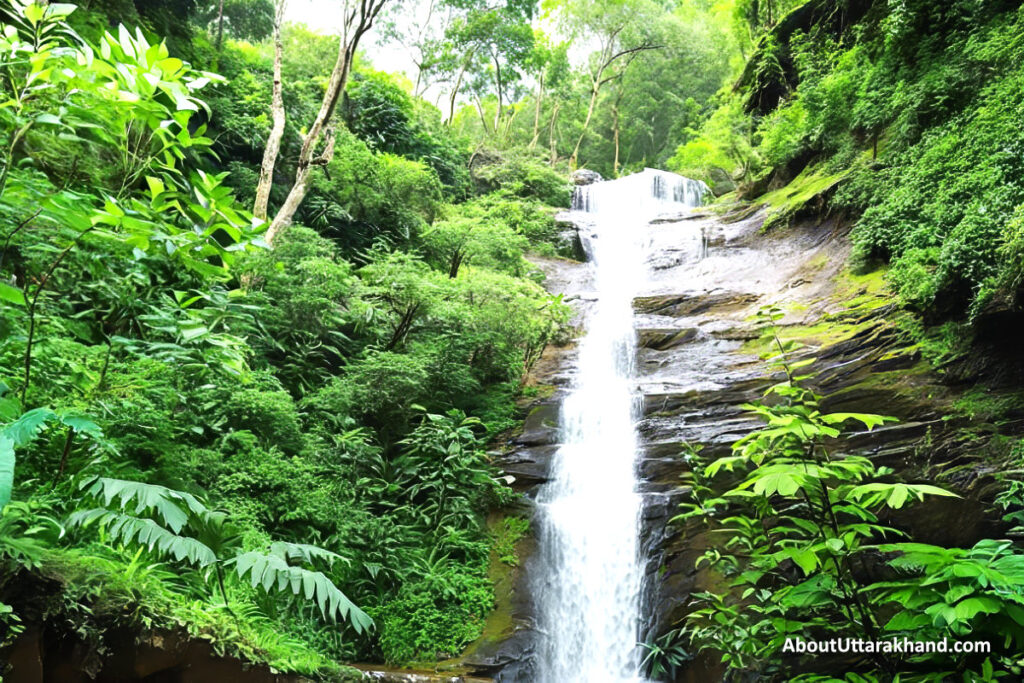

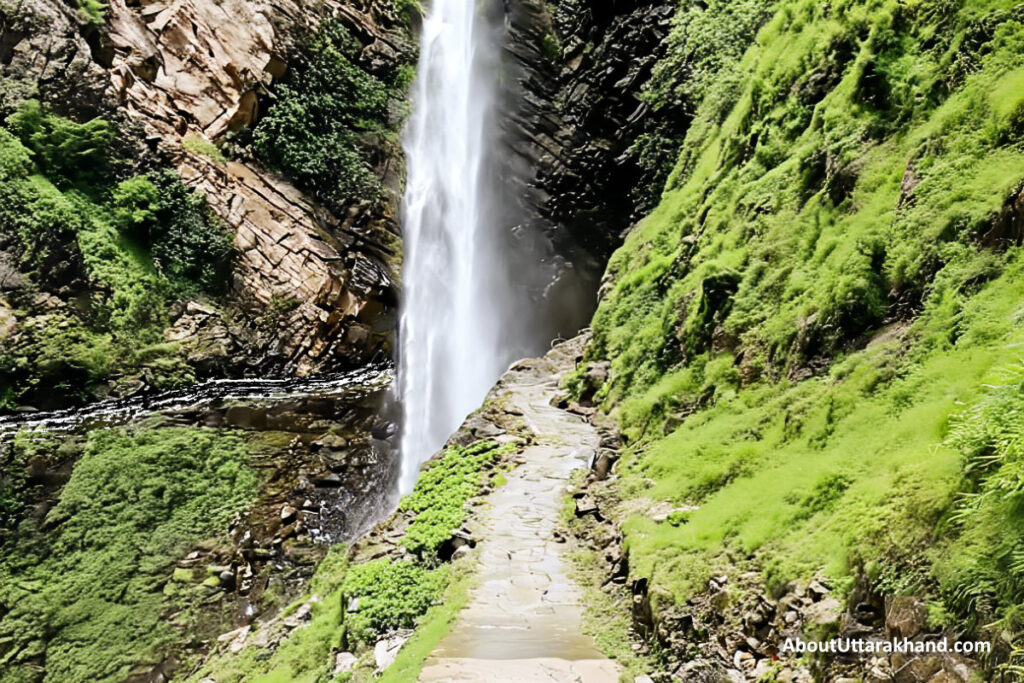

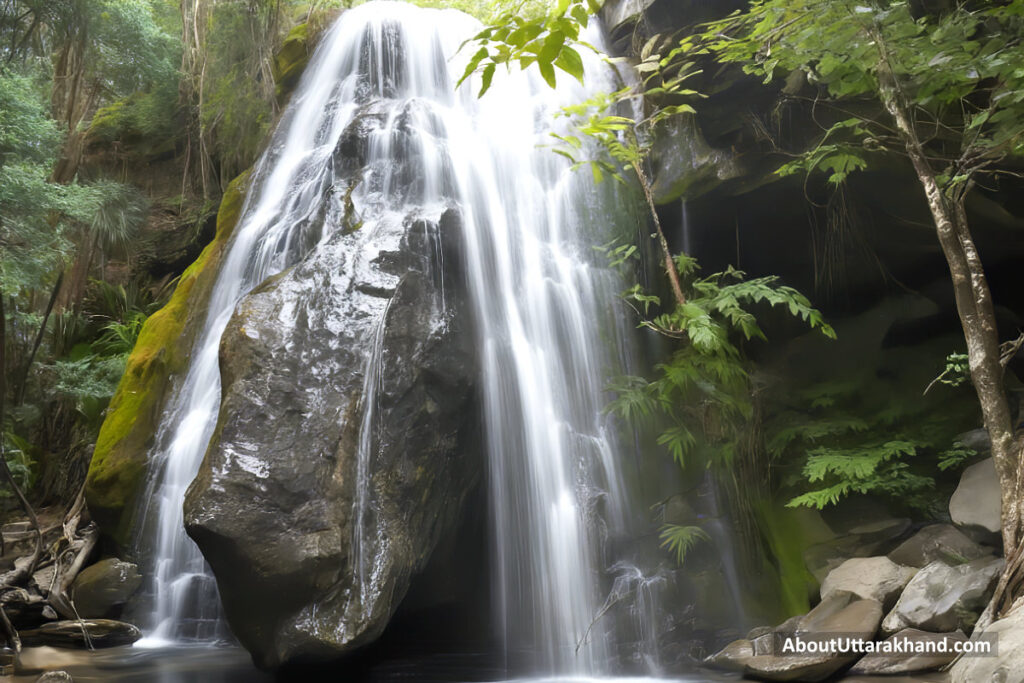


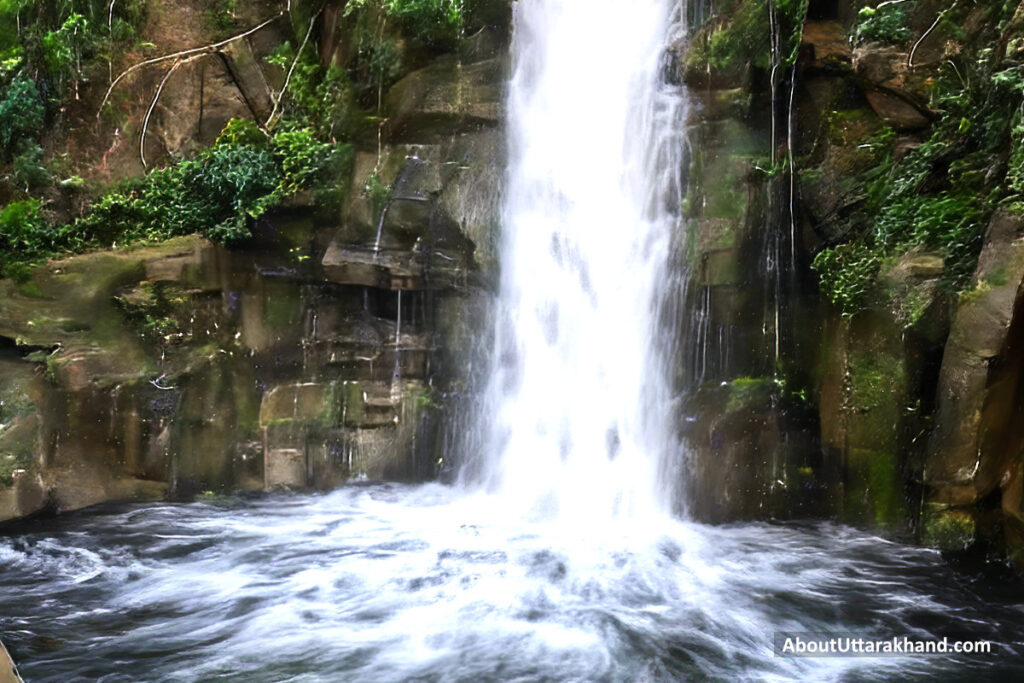

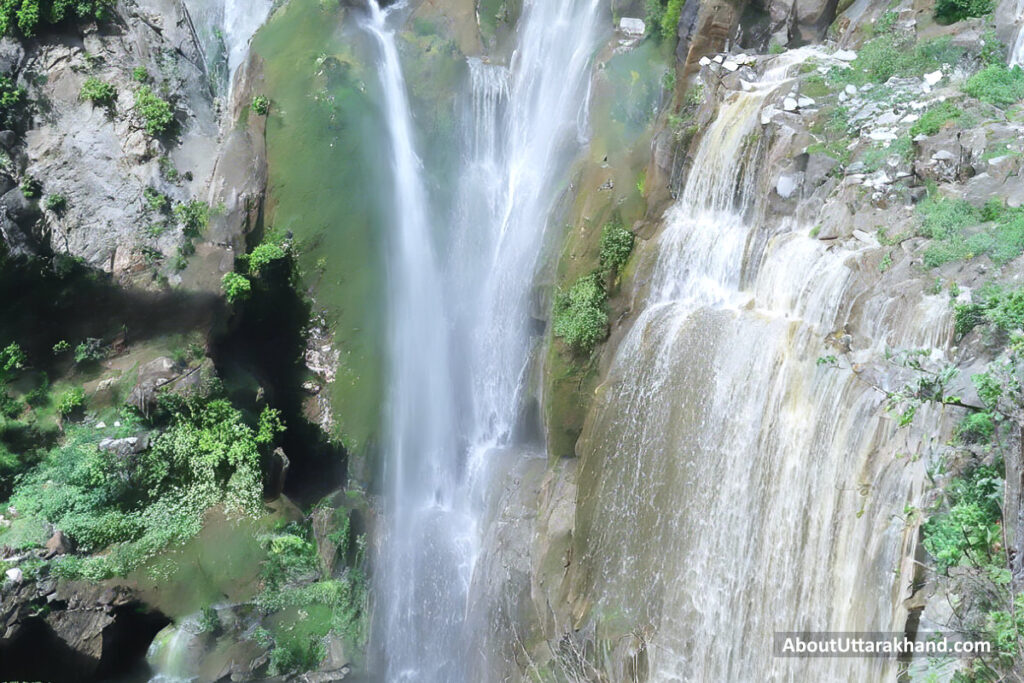
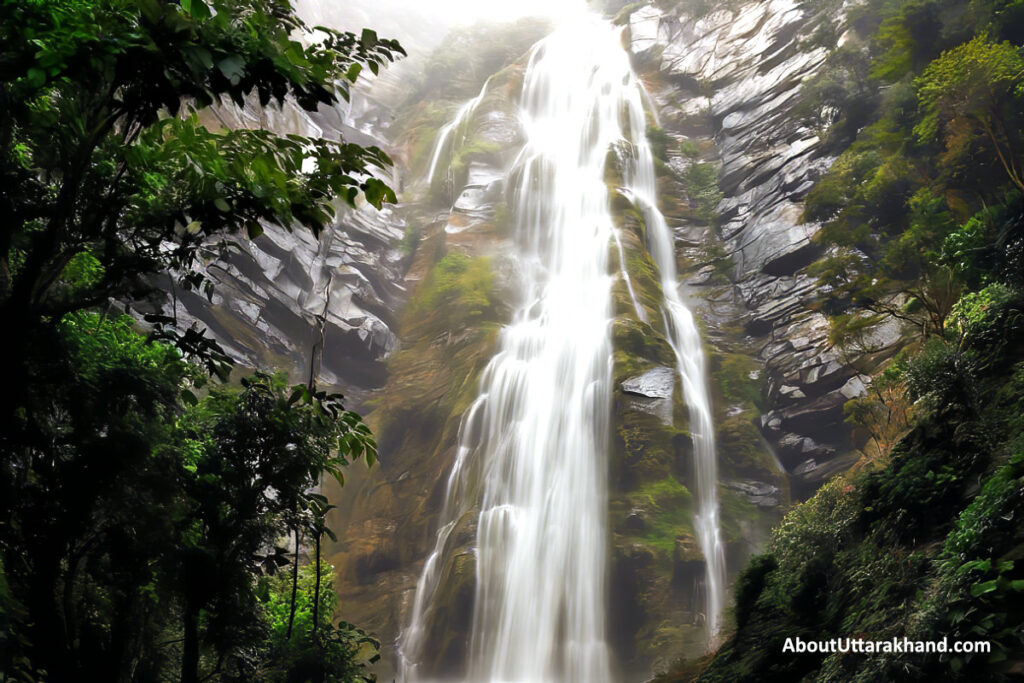


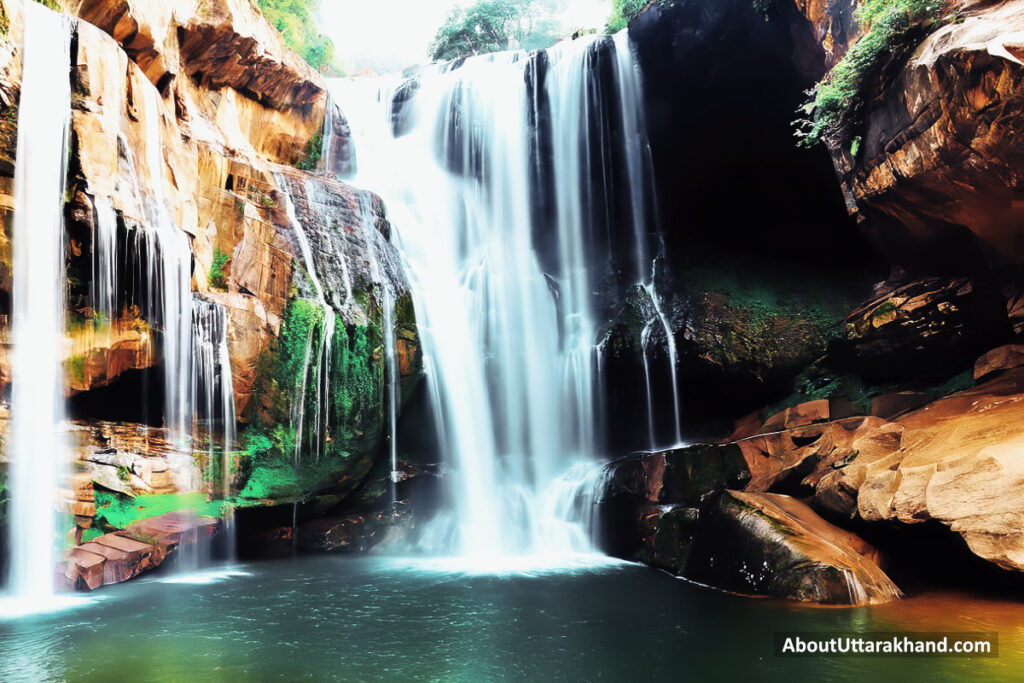
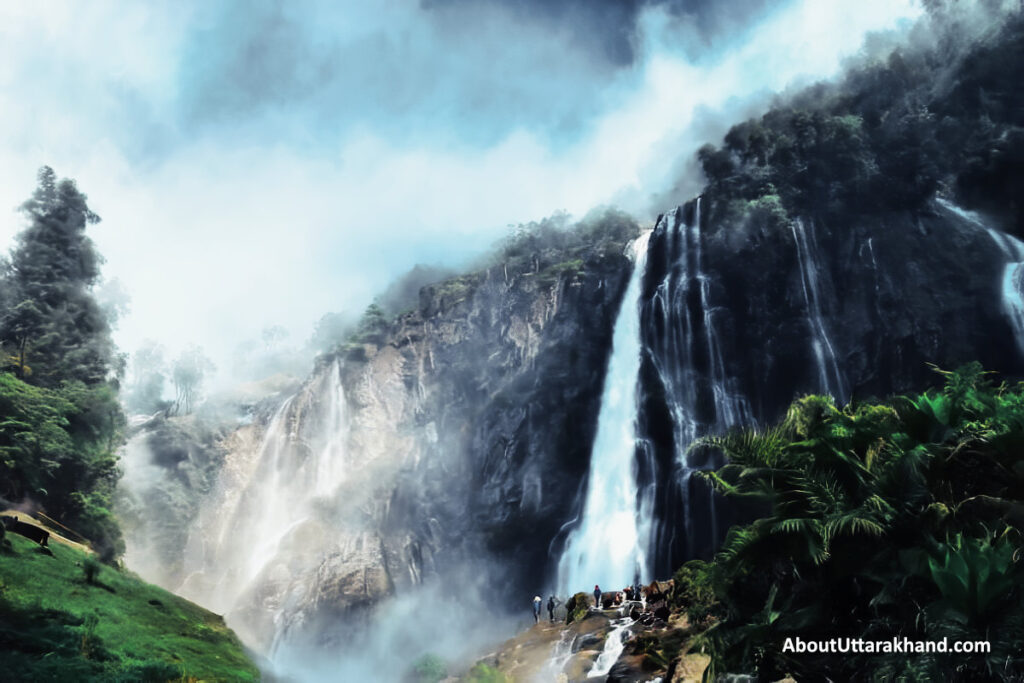
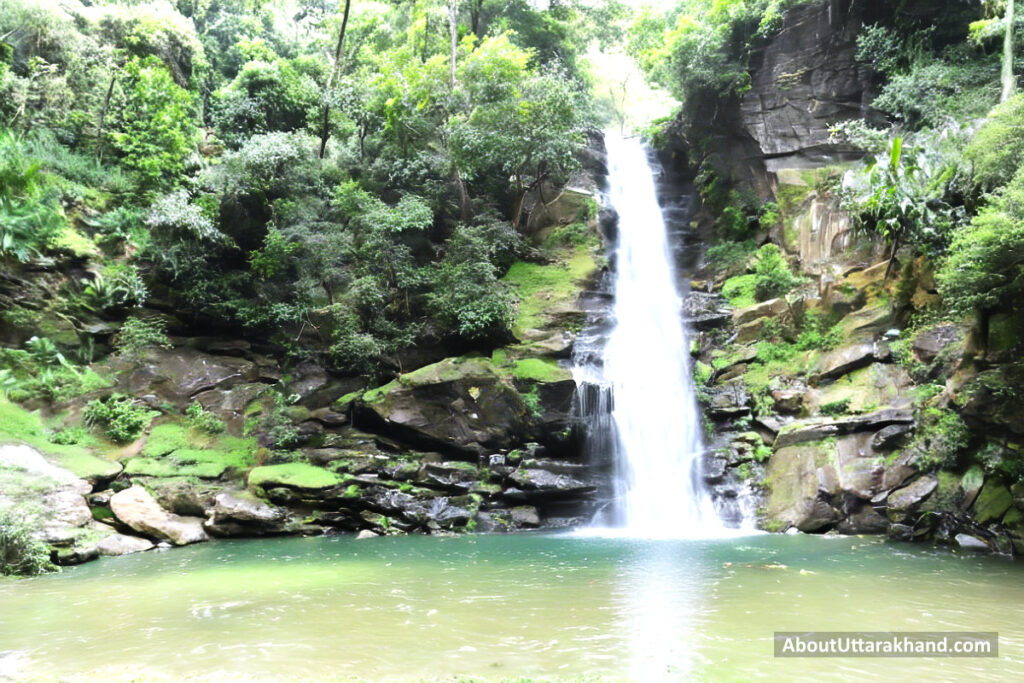
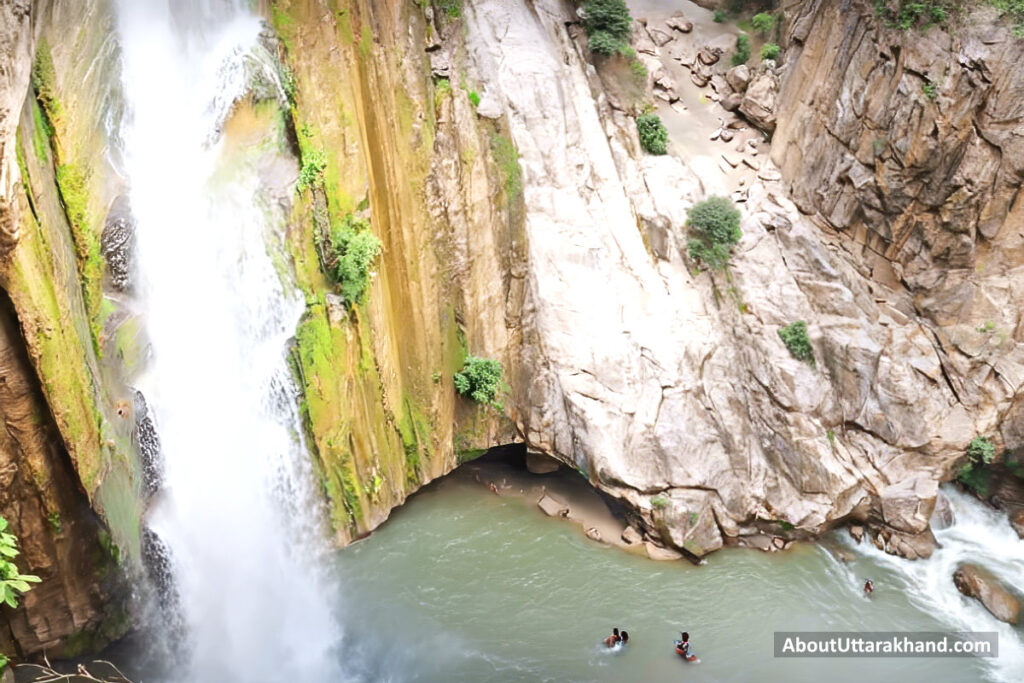
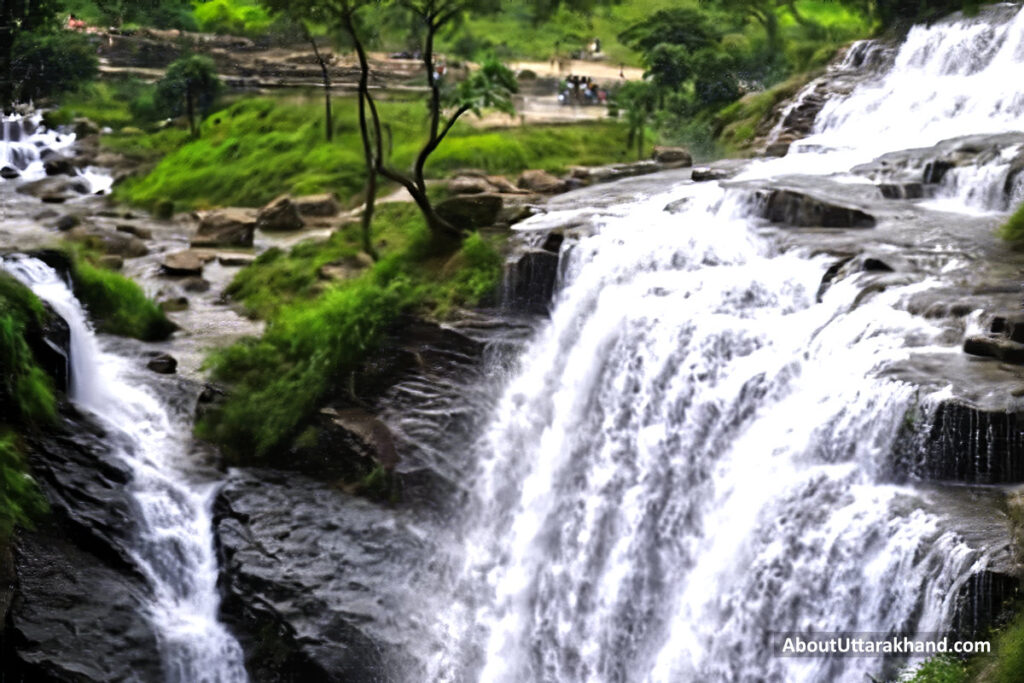
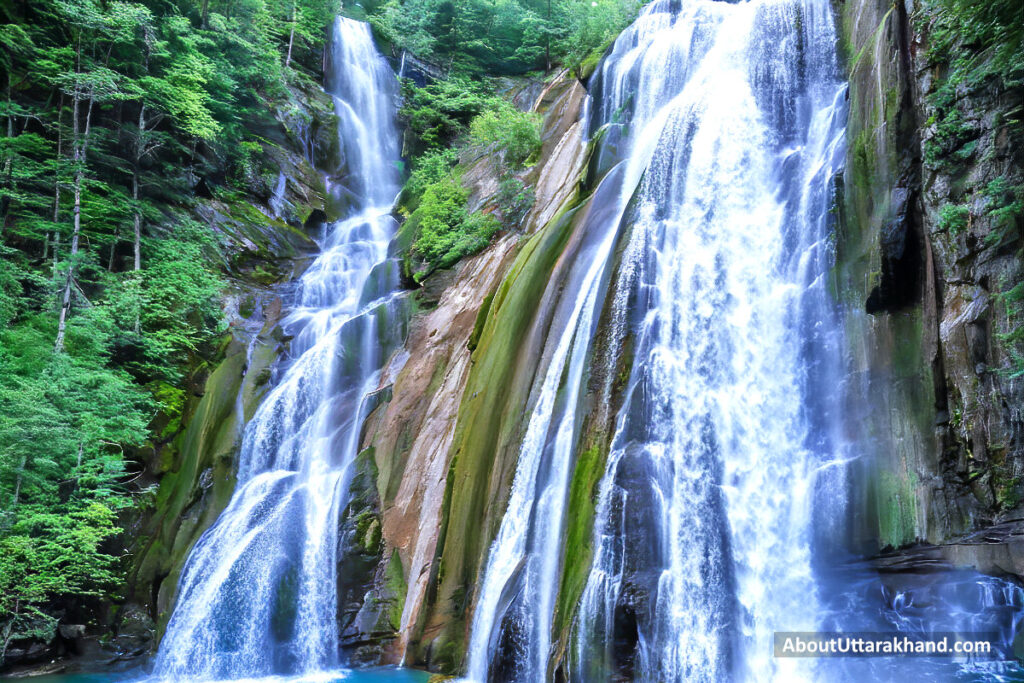
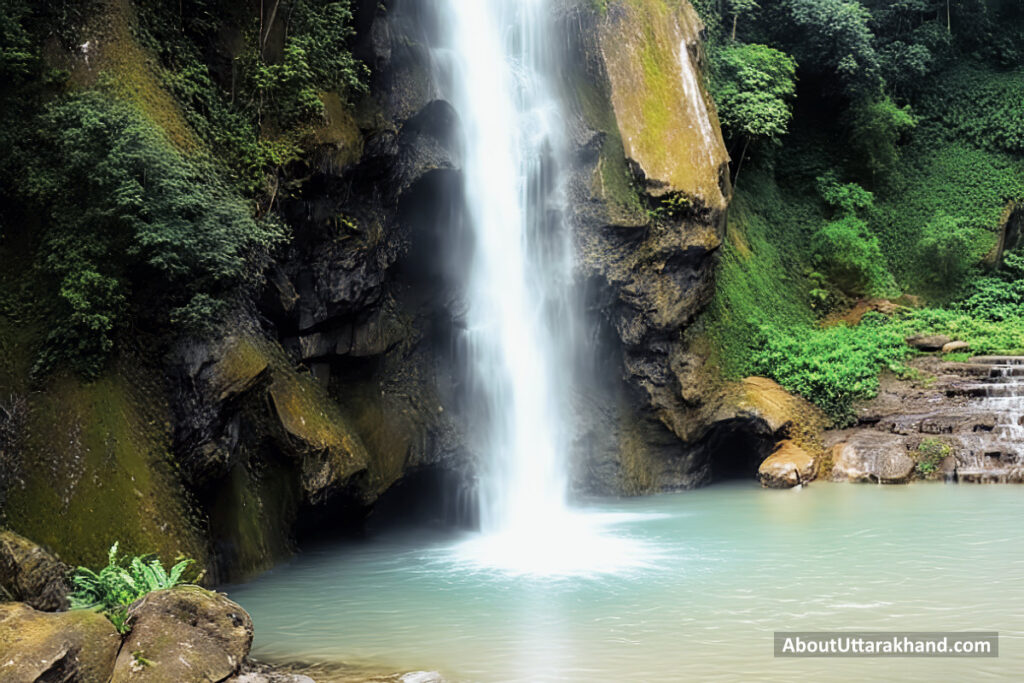
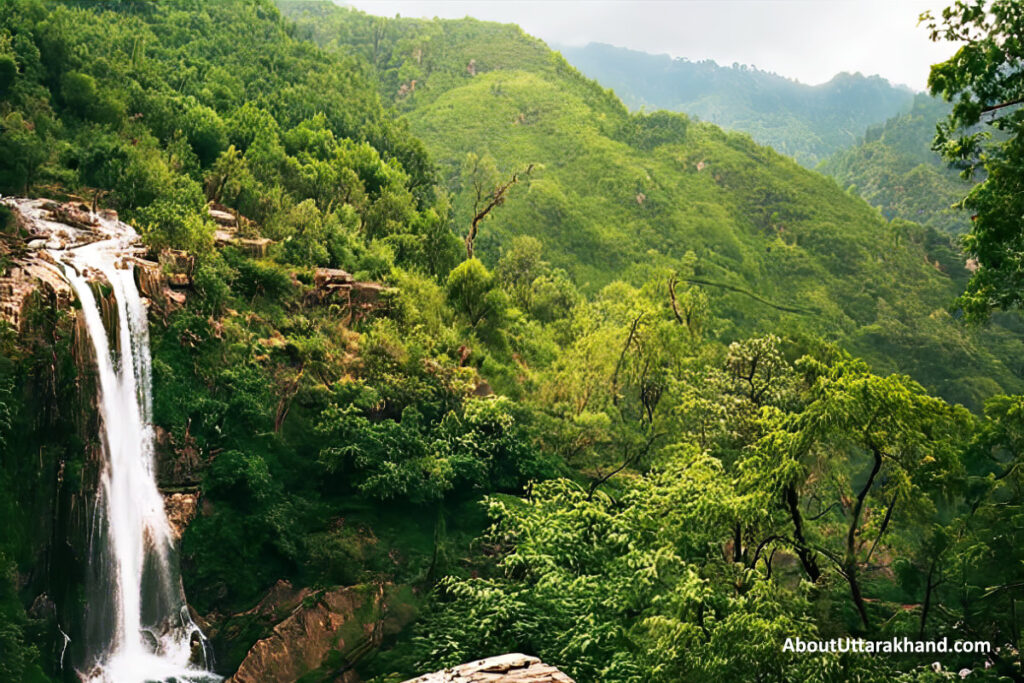
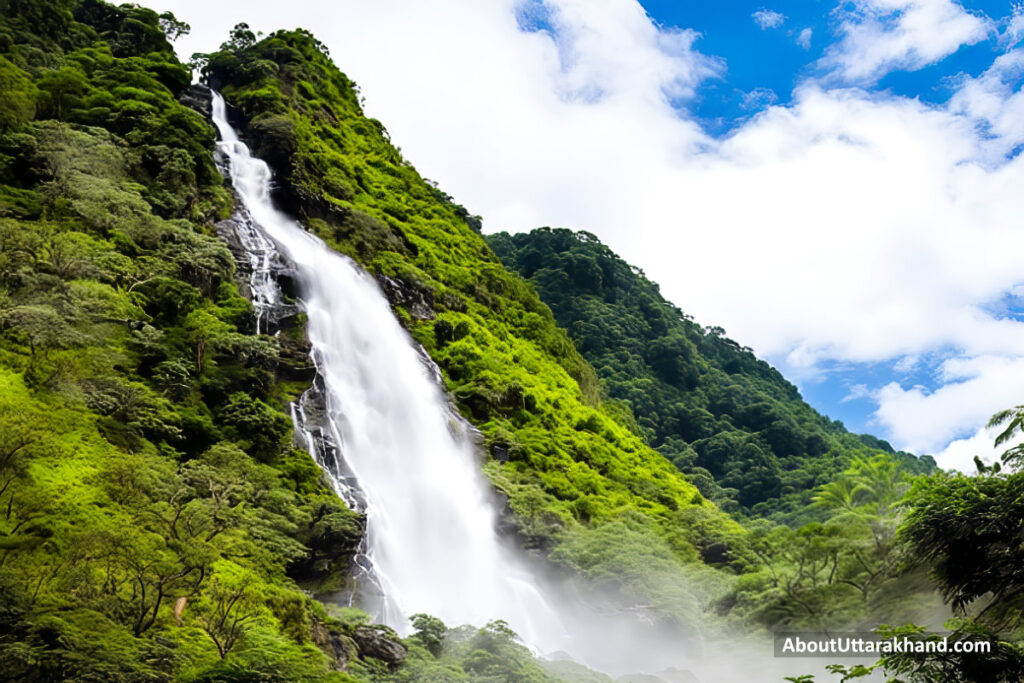

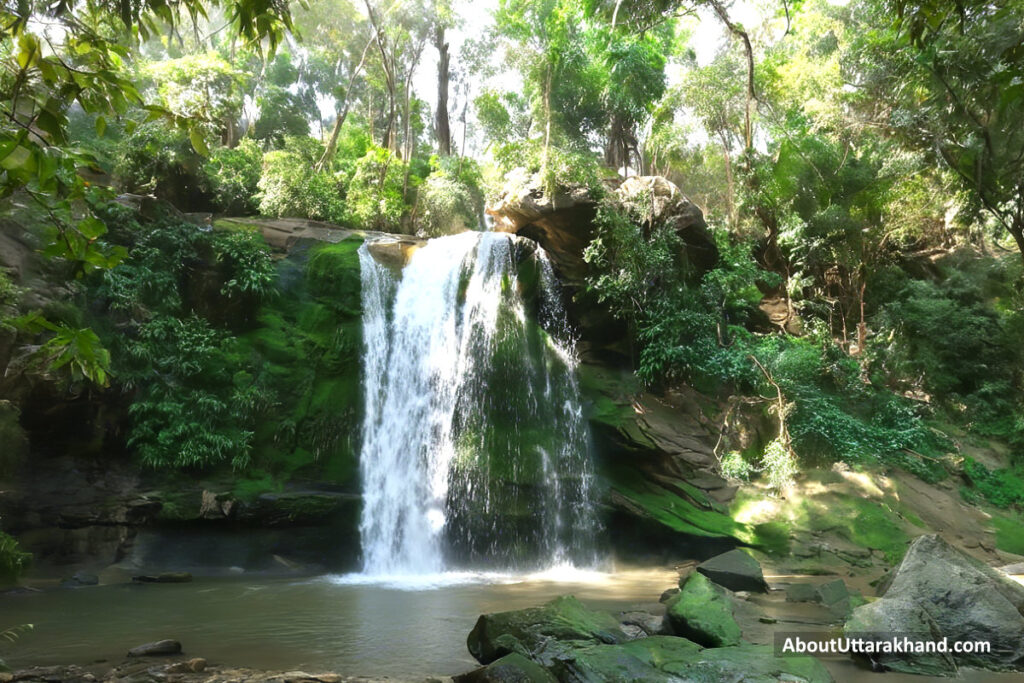



Belle Fable, keeps your trend ahead!
Gaumukh Glacier
The stunning Gaumukh Glacier, in the Uttarkashi region of Uttarakhand, India, is situated close to Gangotri and framed by the towering Garhwal Himalayas. Glaciers like this one attract tourists, hikers, and nature lovers from all over the globe because of the deep religious significance they have for Hindus as the headwaters of the holy Ganges River. The ascent to Gaumukh is an adventure in body and spirit, providing an opportunity to commune with the holy and the natural world.
Nandhaur Wildlife Sanctuary
The Nandhaur Wildlife Sanctuary is a haven for wildlife and stunning scenery, set in the tranquil hills of Uttarakhand. This sanctuary, in the Nainital District close to Haldwani, is a paradise for people who appreciate nature and animals. Its varied habitats, which include grasslands, ponds, and thick forests, have earned it recognition across its 269 square kilometers of territory.
Sonanadi Wildlife Sanctuary
The Sonanadi Wildlife Sanctuary invites animal lovers and nature lovers to come and enjoy the quiet beauty of Uttarakhand's serene surroundings. Hidden in the Nainital District, not far from Nainital, lies a refuge that begs to be discovered. Its varied wildlife and flora make this area, which covers around 301.18 square kilometers, a popular destination for ecotourists and those interested in biodiversity.
Binsar Wildlife Sanctuary
The Binsar Wildlife Sanctuary is a haven for wildlife and a monument to Uttarakhand's rich biodiversity, is situated in the picturesque Kumaon Himalayas. Nature lovers and wildlife aficionados will find this refuge, situated near Almora in the Almora District, to be a paradise. Covering about 47.04 square kilometers, it is famous for its verdant forests, varied fauna, and breathtaking views of the Himalayan mountains in the distance.
Tawaghat Wildlife Sanctuary
The Tawaghat Wildlife Sanctuary is a haven for adventurers and ecotourists, tucked away in the foothills of the towering Himalayas. This hidden gem of a sanctuary is located near Dharchula in Uttarakhand's Pithoragarh District. Despite its relatively tiny size (around 70 square km), this animal sanctuary is just as magical as any other.
Chilla Wildlife Sanctuary
.The Chilla Wildlife Sanctuary, located on the banks of the pure Ganges River, is a living monument to the beauty and variety of Uttarakhand's natural landscape. This sanctuary is a paradise for anyone who love nature and wildlife; it is located in the Pauri Garhwal District, close to Rishikesh. Covering over 249 square kilometers, it is a major wildlife sanctuary in the state that provides a peaceful haven amidst the majestic Himalayas.



